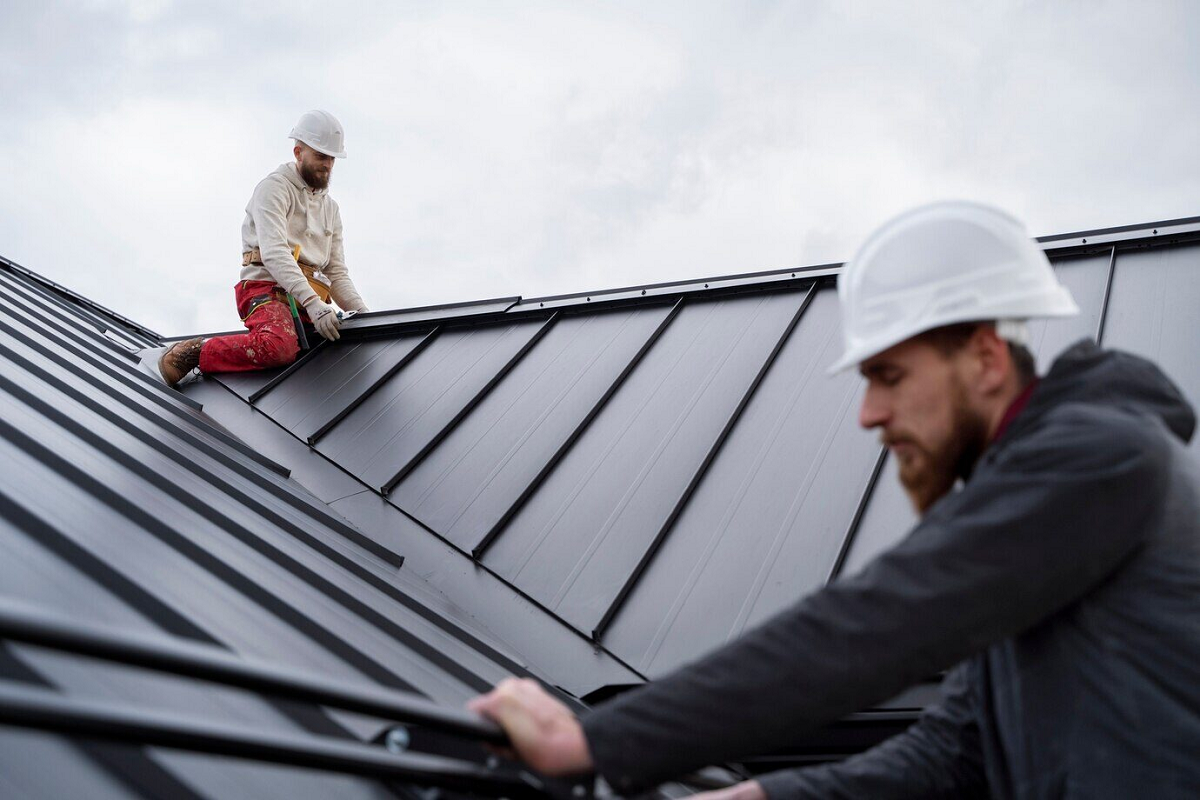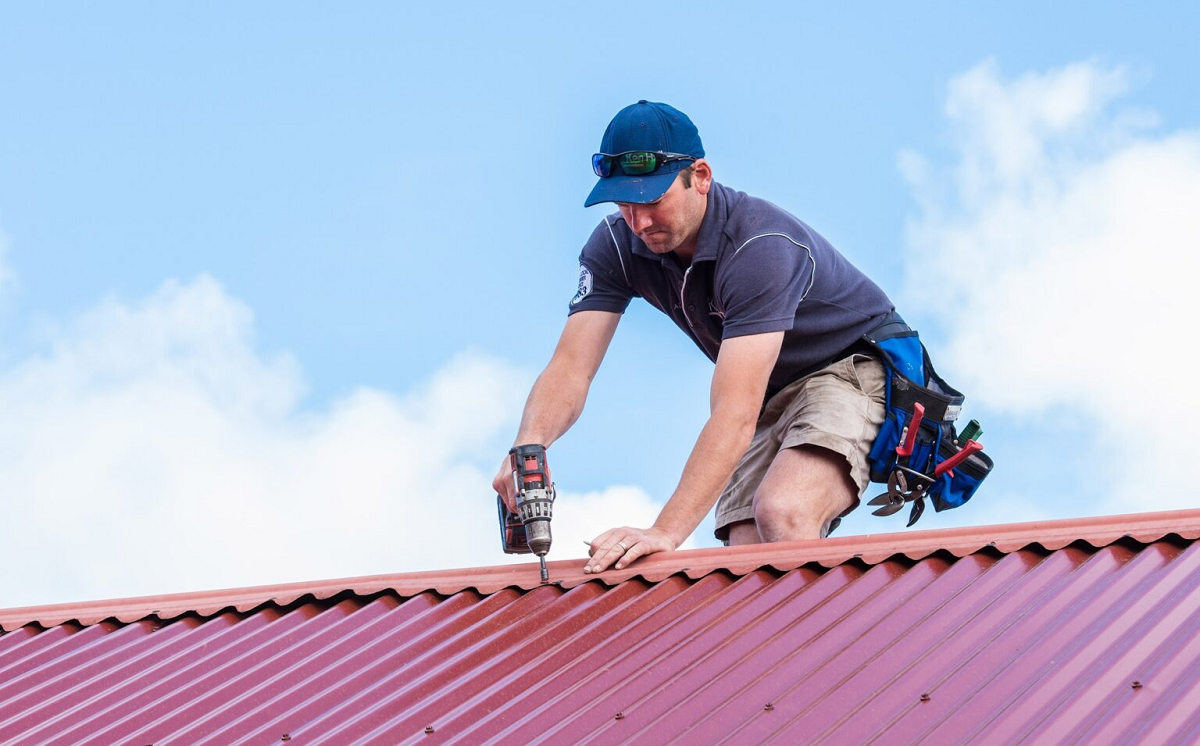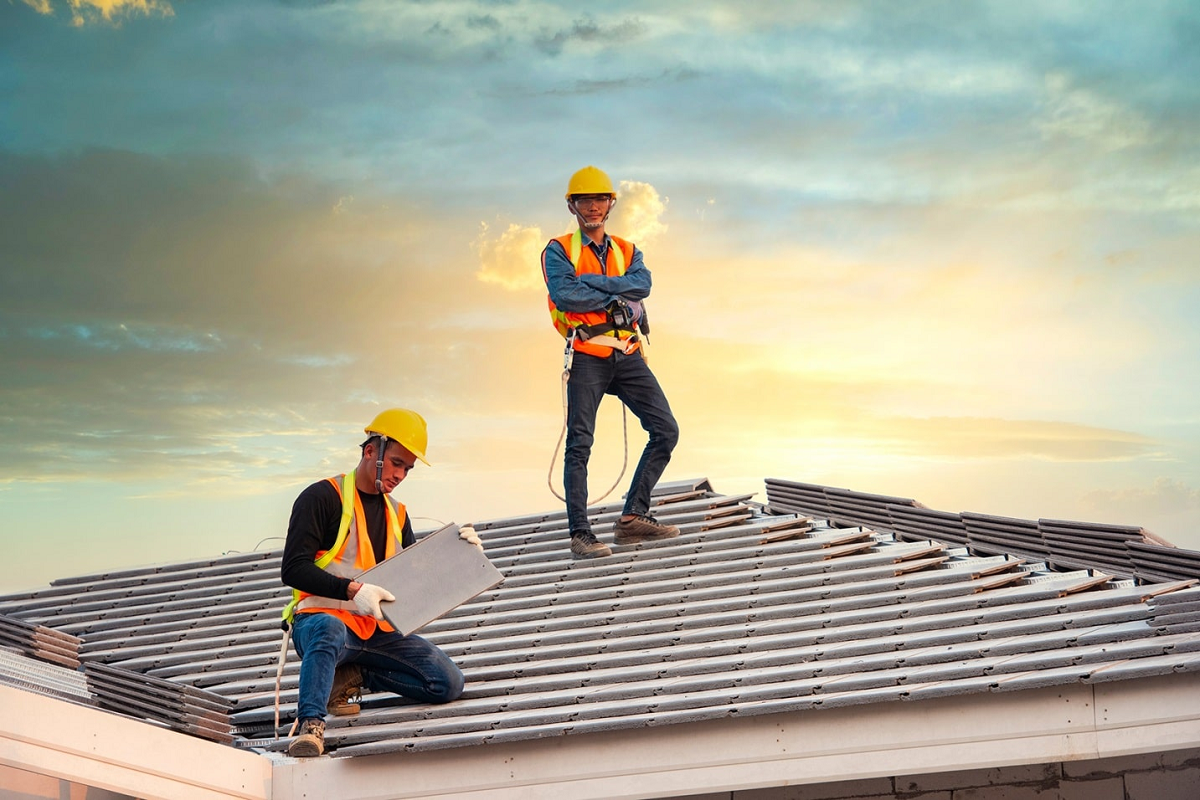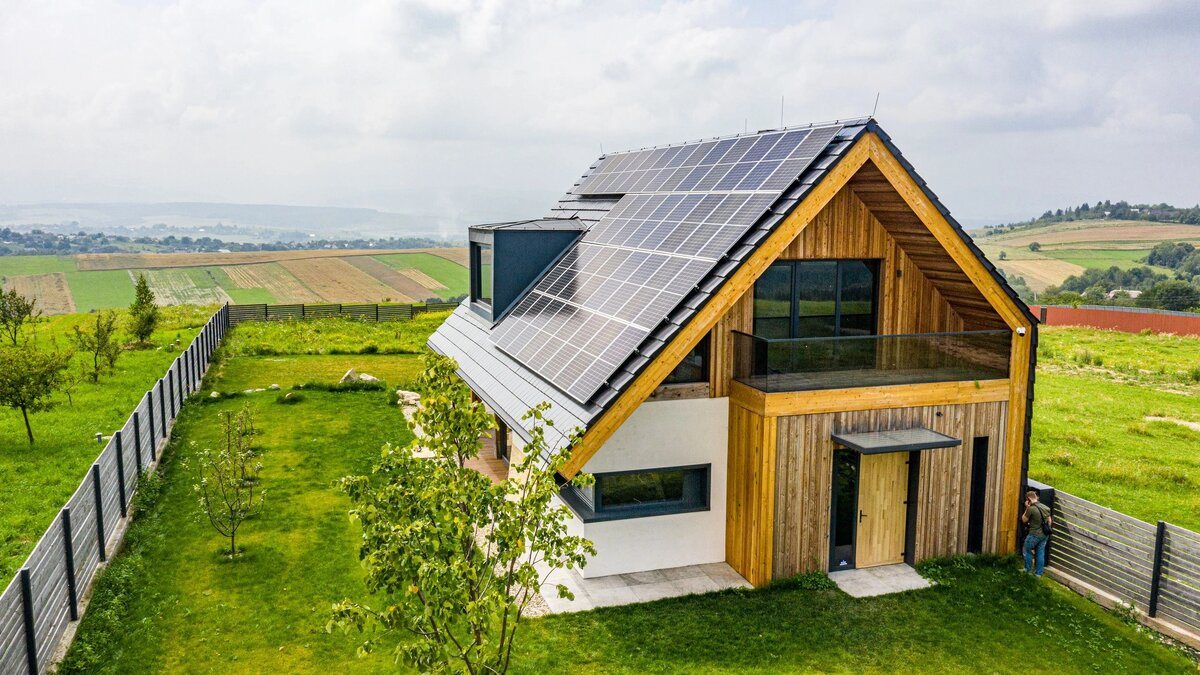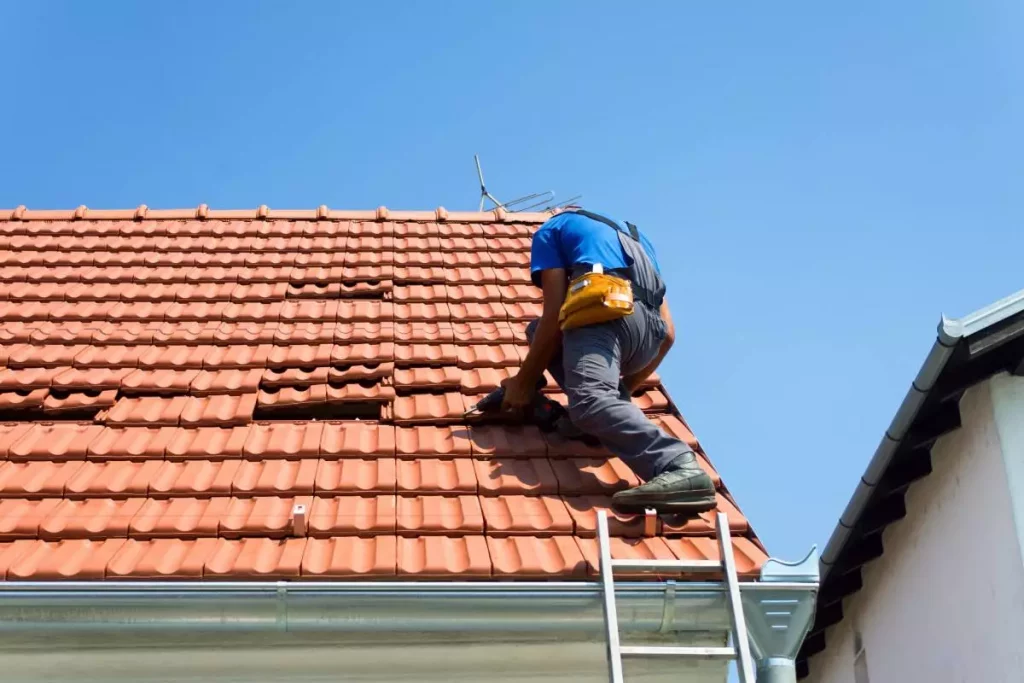CA. LIC#: 1075996
The Role of Inspections in Roof Replacement Projects
When it comes to roof replacement, inspections play a crucial role in ensuring the project goes off without a hitch. You might think that replacing your roof is a straightforward process, but the truth is, a thorough inspection is the first step in identifying underlying issues that could affect the outcome. From spotting hidden damage to assessing the overall structure, a detailed inspection helps set the stage for a successful replacement.
Without this initial check-up, you could end up with costly surprises down the road. An inspection not only helps in choosing the right materials but also ensures the job is done right the first time. So, if you’re gearing up for a roof replacement, don’t skip this essential step—it’s your best bet for a smooth and lasting result.
Why Inspections Are a Must for Roof Replacement
Roof replacement isn’t just about swapping out old shingles for new ones. It begins with a thorough inspection, which is essential for understanding the full scope of the project. Inspections help identify underlying issues that could compromise the integrity of your new roof. Without this crucial step, you might be setting yourself up for problems that could have been avoided.
A detailed inspection gives you a clear picture of what’s going on beneath the surface, ensuring that any issues are addressed before the replacement begins. This upfront assessment not only sets the stage for a smoother project but also helps you make informed decisions about the best course of action for your home.
Identifying Hidden Issues Before Replacing Your Roof
Replacing a roof isn’t just about tackling the visible problems; it’s about uncovering and addressing hidden issues that could affect the lifespan and performance of your new roof. During an inspection, professionals look for signs of water damage, structural weaknesses, and other hidden problems that aren’t always obvious.
For instance, there could be rot or mold within the decking or damage to the underlying structure that needs attention. By identifying these hidden issues before you start the replacement, you can avoid potential surprises and ensure that the new roof will be installed on a solid foundation. This proactive approach helps in achieving a longer-lasting and more reliable roofing solution.
How Pre-Replacement Inspections Save You Money
Investing in a pre-replacement inspection might seem like an added expense, but it can actually save you money in the long run. By pinpointing potential issues before the replacement process begins, you can address them proactively rather than reactively. This means avoiding unexpected repairs or adjustments that could arise if problems are discovered later.
Additionally, knowing the exact condition of your roof and underlying structures helps in selecting the right materials and methods for replacement, which can prevent overspending on unnecessary upgrades or repairs. In essence, a well-conducted inspection helps you avoid costly mistakes and ensures that your roofing investment is both effective and efficient.
The Key Benefits of a Comprehensive Roof Inspection
A comprehensive roof inspection offers numerous advantages that go beyond just identifying visible damage. This detailed evaluation provides crucial insights into the overall condition of your roofing system, leading to better decisions and a more effective replacement.
- Uncover Hidden Issues: A thorough inspection identifies problems not visible to the naked eye, such as hidden leaks, structural weaknesses, or rotting materials. Addressing these issues early prevents costly repairs down the line.
- Accurate Cost Estimates: By assessing all aspects of your roof’s condition, an inspection provides a detailed estimate of the costs involved. This helps you budget more effectively and avoid unexpected expenses during the replacement process.
- Enhanced Longevity: Identifying and repairing underlying issues ensures that your new roof is installed on a solid foundation. This proactive approach extends the lifespan of your roofing system and improves its overall durability.
- Informed Material Choices: A comprehensive inspection helps you select the most appropriate materials based on the current state of your roof and any identified issues. This ensures that your new roof meets both performance and budgetary requirements.
- Improved Safety: Addressing potential problems before starting the replacement process enhances the safety of both the roofing installation crew and your home. A well-maintained roof reduces the risk of accidents and structural damage.
Investing in a comprehensive roof inspection is a smart move for anyone considering a roof replacement. It ensures that your new roof is both durable and well-suited to your needs, ultimately protecting your home and your investment.
Common Problems Found During Roof Inspections
During a roof inspection, several common problems might come to light. These include issues such as missing or damaged shingles, deteriorated flashing, clogged gutters, and signs of water damage or leaks. Inspectors often find problems with the roof’s structural components, like rotting wood or weakened decking, which can be caused by prolonged exposure to the elements.
Additionally, poorly installed roofing materials or previous repairs that were not done correctly can contribute to current issues. Identifying these problems early on is crucial for addressing them before they escalate, ensuring that your roof replacement is based on a thorough understanding of the existing condition.
How to Prepare for a Roof Inspection
Preparing for a roof inspection involves a few key steps to ensure that the process goes smoothly. First, make sure that your attic and roof access points are clear and accessible for the inspector. Remove any items from around the house that could obstruct the inspector’s work, such as garden tools or outdoor furniture.
It’s also helpful to provide any previous inspection reports or maintenance records, as these can offer valuable context. Finally, be ready to discuss any specific concerns you have about your roof with the inspector. By taking these steps, you can help facilitate a more efficient and thorough inspection, leading to more accurate findings and recommendations.
The Impact of Inspection Findings on Roof Replacement Choices
The findings from a roof inspection have a significant impact on the choices you make for your roof replacement. For example, if the inspection reveals that the underlying structure is compromised, you may need to opt for more durable materials or additional structural reinforcements. Conversely, if the inspection shows that the existing structure is in good shape, you might be able to choose more cost-effective materials.
Additionally, the findings can influence the scope of the project, such as whether you need to address issues with insulation or ventilation. By aligning your replacement choices with the inspection results, you ensure that your new roof meets both your budget and long-term needs.
What to Expect During a Roof Inspection
A roof inspection involves a detailed examination of both the exterior and interior aspects of your roofing system. Here’s what you can anticipate during the process:
Exterior Evaluation
The inspector will thoroughly examine the condition of your roof’s shingles, flashing, and gutters. They’ll look for visible signs of damage, such as cracked or missing shingles, deteriorated flashing, or clogged gutters. To get a detailed view, they may use ladders, drones, or other tools to assess hard-to-reach areas.
Interior Check
Inside your home, the inspector will investigate for signs of water damage or leaks. They’ll inspect the attic and ceilings for any mold, stains, or damp spots. This includes checking the condition of insulation and looking for any structural issues that might compromise the integrity of the roof.
Structural Assessment
The inspection will cover the roof’s support system, including the beams and decking. The inspector will look for any weaknesses, rot, or damage that could affect the roof’s stability and durability. Identifying structural issues early ensures that necessary reinforcements or repairs can be made before the replacement.
Detailed Report
Following the inspection, you will receive a comprehensive report detailing any problems discovered and offering recommendations for repairs or replacement. This report provides a clear overview of what needs to be addressed, helping you make informed decisions about the next steps in your roof replacement process.
The Role of Inspection Reports in Choosing Roofing Materials
Inspection reports play a crucial role in selecting the right roofing materials for your replacement project. These reports provide detailed information about the condition of your current roof and any underlying issues that need to be addressed. Based on this data, you can make informed decisions about which materials will best suit your needs.
For instance, if the inspection reveals that your roof structure is sound but prone to moisture issues, you might choose materials with better water resistance. Alternatively, if structural damage is present, you may need to select stronger, more durable materials to ensure the new roof’s longevity. The insights from the inspection report help tailor your material choices to both the current condition of your roof and your long-term goals.
Post-Inspection Steps for a Successful Roof Replacement
After your roof inspection, there are several important steps to ensure a successful replacement. First, review the inspection report thoroughly to understand the issues identified and the recommended solutions. Based on this information, work with your contractor to develop a detailed plan for the replacement, including addressing any structural repairs or upgrades needed. Obtain quotes and material options that align with the findings of the inspection. It’s also crucial to schedule the replacement work at a time that minimizes disruption to your daily life. By following these post-inspection steps, you can ensure that your roof replacement is executed efficiently and meets all your needs for durability and performance.
Navigating a roof replacement can be complex, but a thorough inspection simplifies the process and ensures a successful outcome. By identifying hidden issues and making informed choices, you set the stage for a durable and effective new roof. Don’t overlook this crucial step—investing in a comprehensive inspection now can save you from costly surprises later and ensure your roof replacement stands the test of time.
Ready to start your roof replacement with a reliable inspection? Avalon Roofing Services is here to help.
Contact us today at (209) 380-1275 or email us at contact@avalonroofing209.com. Visit us at 114 Almond Ave, Manteca, CA 95337 for expert advice and exceptional service. Let’s ensure your new roof is everything you need and more!
We are a licensed roofing contractor in Manteca, CA specializing in residential and commercial roofing services. We service Manteca CA, Lathrop CA, French Camp CA, Modesto CA, Mountain House CA, Tracy CA, and other surrounding cities.
Quick Links
© 2023 Content, including images, displayed on this website is protected by copyright laws. Downloading, republication, retransmission or reproduction of content on this website is strictly prohibited.

